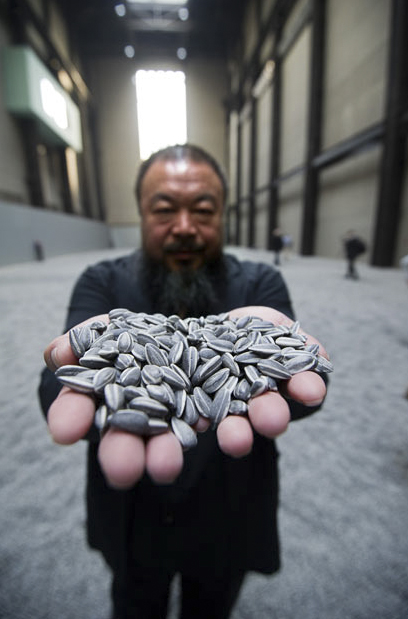Unlocking the genomic taxonomy of the Prochlorococcus.
Classification kingdom Bacteria phylum Cyanobacteria class Cyanophyceae order Chroococcales. Prochlorococcus marinus Name Homonyms Prochlorococcus marinus Chisholm et al., 2001.Prochlorococcus is a tiny, single-celled, cyanobacteria, that inhabits the ocean in a latitudinal band from 40 degrees north to 40 degrees south where they occupy a key position at the base of the food web. But it is thought that they also may help regulate population with their viruses or phages.Global Biodiversity Information Facility. Free and Open Access to Biodiversity Data.
Disclaimer: ITIS taxonomy is based on the latest scientific consensus available, and is provided as a general reference source for interested parties. However, it is not a legal authority for statutory or regulatory purposes. While every effort has been made to provide the most reliable and up-to-date information available, ultimate legal requirements with respect to species are contained in.Prochlorococcus marinus. ISOLATION CLASSIFICATION Ecosystem Ecosystem Category Ecosystem Type Ecosystem Subtype Specific Ecosystem ORGANISM EXTERNAL REFERENCES Strain Info ID Genbank 16S ID GENERAL PROPERTIES.

Introduction. The study of bacterial phylogenetics is complicated by the pervasive phenomenon of horizontal gene transfer (HGT), in which gene trees no longer reflect the vertical evolutionary history of cell division due to the incorporation of non-endogenous genes .There is still contention regarding how frequently HGT occurs in nature.

.jpg)










